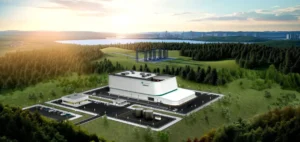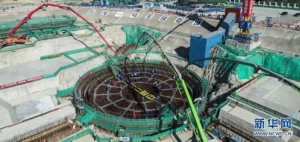The sudden dismissal of Christopher Hanson, a commissioner at the Nuclear Regulatory Commission (NRC), by U.S. President Donald Trump, is causing controversy within the nuclear industry. This removal, issued without justification, represents a historic event for the independent federal agency, which is typically protected by strict legislation from political intervention. Nearly thirty former officials, including past NRC chairpersons, signed an open letter denouncing the action as contrary to existing regulatory practices. According to them, this decision may compromise the neutrality essential for nuclear safety oversight.
Immediate Reactions from Institutional Actors
Among the signatories is Stephen Burns, a former NRC chairman, who highlights potential risks to the credibility and regulatory effectiveness of a commission now reduced to four members, equally divided between Democrats and Republicans. Edwin Lyman, a nuclear safety expert at the Union of Concerned Scientists (UCS), stresses that the dismissal threatens the agency’s institutional autonomy. Armond Cohen, executive director of the Clean Air Task Force (CATF), notes that this unprecedented presidential action could discourage investment in new nuclear technologies by disrupting regulatory continuity. Pro-nuclear organizations, such as the Nuclear Innovation Alliance, also express concern about possible delays in strategic regulatory decisions.
Strategic and Economic Stakes
The situation arises as the Trump administration recently issued executive orders aiming to quadruple the national nuclear fleet by 2050, simplify radiation standards, and increase the involvement of the Department of Energy (DOE) in certifying innovative reactors. The NRC, a key body for approving new technologies, now faces the risk of slowed licensing procedures, according to industry experts. The impending expiration of another commissioner’s term, David Wright, at the end of June, may further heighten the risk of regulatory gridlock.
Medium-term Implications for Nuclear Regulation
Democratic representatives in Congress, notably Senator Sheldon Whitehouse and Representative Frank Pallone, criticize the decision as illegal and potentially damaging public and industry confidence in the federal regulator. They recall that federal law only allows for the dismissal of a commissioner in cases of serious misconduct or clear negligence, criteria not cited in the official announcement. Without a clear majority, the commission could face regulatory deadlock, negatively perceived by potential investors in advanced nuclear technologies, particularly Small Modular Reactors (SMRs). The industry now awaits the appointment of new commissioners by the executive branch, which will determine the future pace of approvals necessary for energy projects.






















